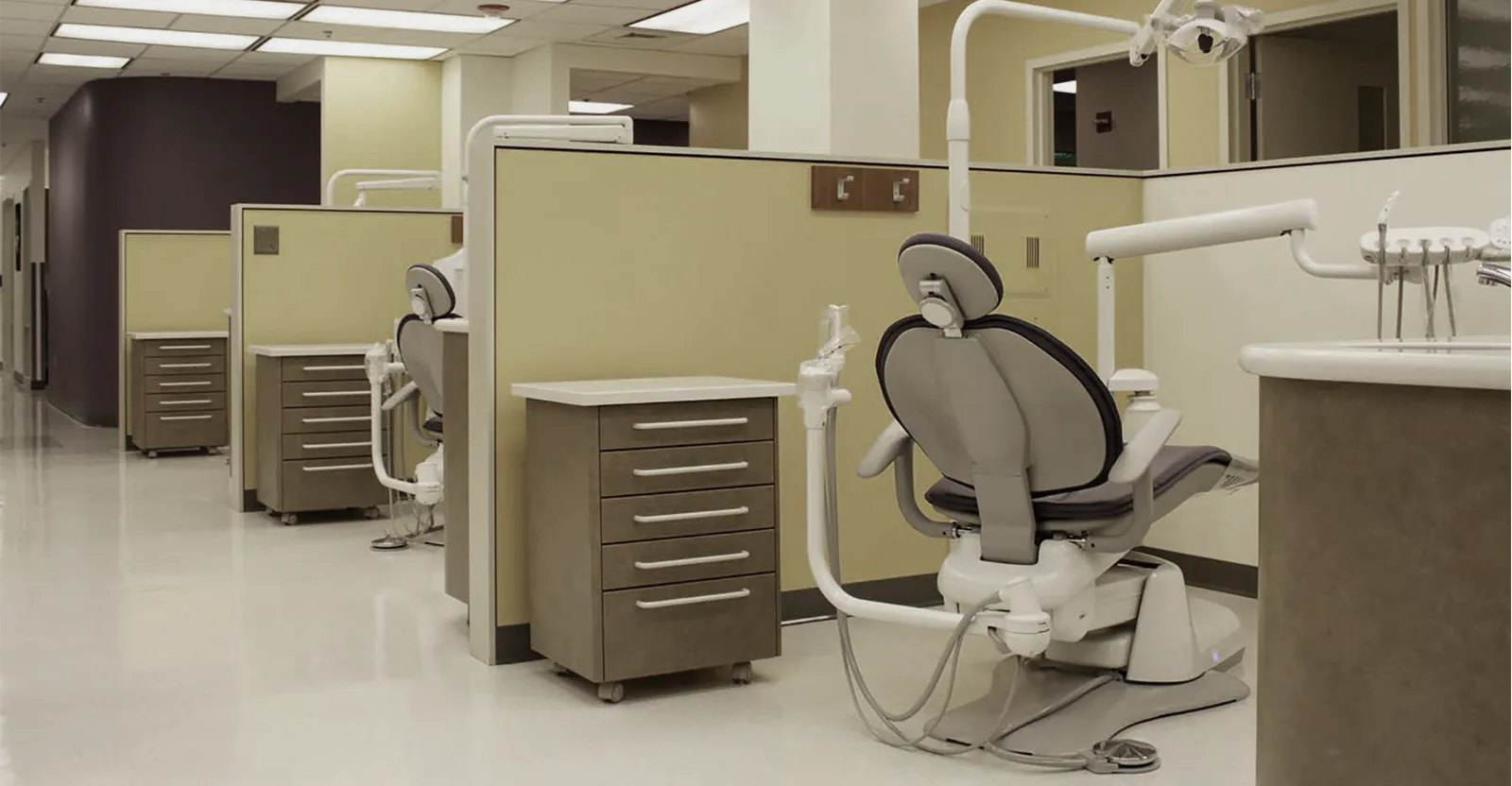A Retrospective Investigation of the Effects and Efficiency of Self-ligating and Conventional Brackets
Megha Anand Introduction: Marketing strategies for self-ligating brackets have focused on less need for extractions and faster treatment. Recent meta-analyses have not found these claims to be well supported, but … Read more
